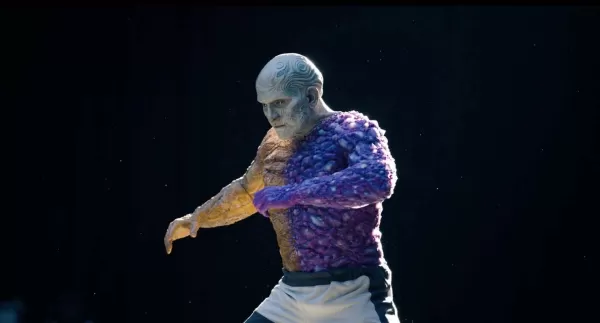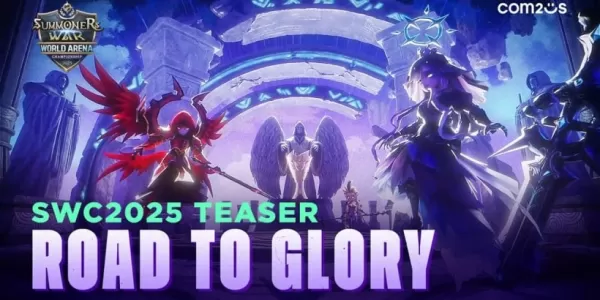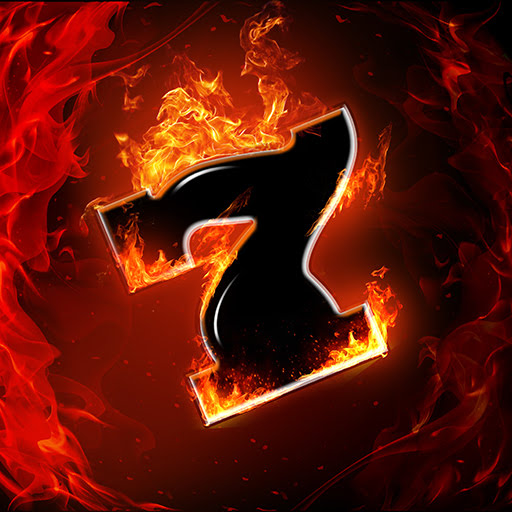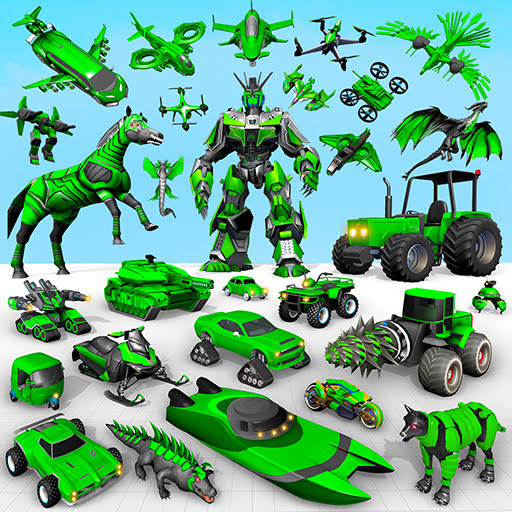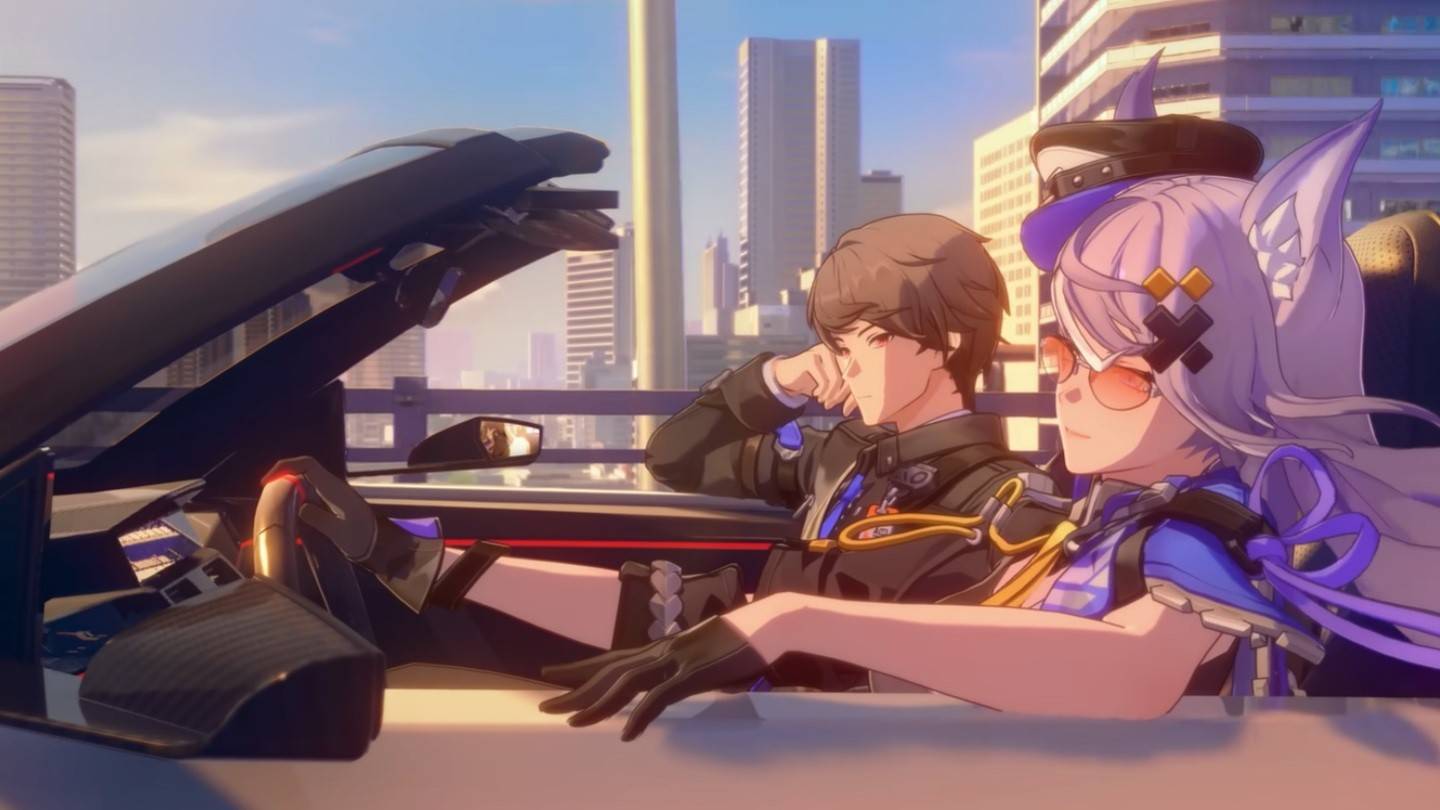When director Hugo Martin unveiled the mantra for Doom: The Dark Ages as “stand and fight” during Xbox’s Developer Direct, it immediately piqued my interest. This approach starkly contrasts with Doom Eternal, which thrived on hyper-kinetic, constantly mobile combat. However, Doom Eternal did introduce one enemy that forced players to adopt a more stationary strategy – the Marauder. Known for being one of the most controversial enemies in the Doom series, the Marauder is both loathed and adored. Personally, I'm a fan. The realization that Doom: The Dark Ages revolves around reacting to bright green lights – a mechanic crucial for defeating the Marauder – sealed my excitement for the game.
Rest assured, The Dark Ages doesn't replicate the Marauder's frustrating cage fights. While it introduces the Agaddon Hunter, protected by a bulletproof shield and wielding deadly combo attacks, the essence of Eternal’s combat philosophy is woven into every enemy encounter. The Marauder's design principles have been reimagined and integrated into the core combat system of The Dark Ages, resulting in encounters that retain the strategic depth of Marauder battles but without the same level of frustration.
The Marauder stands out in Doom Eternal as an anomaly. The game usually involves players darting around arenas, efficiently dispatching lesser foes and juggling between larger threats. Eternal is often described as a management game, requiring players to strategically manage resources, movement, and weaponry to control the battlefield. The Marauder disrupts this flow, demanding undivided attention and often appearing in isolated one-on-one scenarios. When it does appear amidst a larger skirmish, the best strategy is to clear out other enemies before focusing solely on the Marauder.
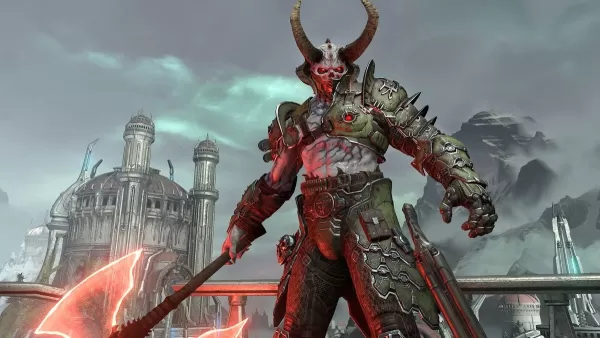 Doom Eternal's Marauder is one of the most controversial enemies in FPS history. | Image credit: id Software / Bethesda
Doom Eternal's Marauder is one of the most controversial enemies in FPS history. | Image credit: id Software / Bethesda
This doesn't mean standing completely still – it's Doom Eternal, after all. Rather, it's about dominating the battlefield through strategic positioning. Too close, and the Marauder can hit you with a nearly undodgeable shotgun blast. Too far, and he'll pelt you with projectiles that are easier to dodge but keep you out of range of his axe swing. The key to defeating him is to position yourself where he'll attempt an axe attack; his vulnerability window is during the wind-up of this move. His energy shield absorbs all other attacks, so you must wait for his eyes to flash bright green – your signal to strike.
In Doom: The Dark Ages, this bright green signal is crucial again. In a nod to the original Doom, enemies launch volleys of projectiles reminiscent of bullet hell games. Among these, special green missiles can be parried using the Doom Slayer’s new shield, sending the ordnance back at the attacker. Initially, this is a defensive move, but as you unlock the shield’s rune system, parrying becomes a potent offensive tool, capable of stunning enemies or triggering your shoulder-mounted, auto-targeting cannon.
Navigating The Dark Ages’ battlefields involves a series of focused one-on-one fights against various powerful demons. While not reliant solely on the green lights for survival, mastering the shield’s runes makes parrying a crucial part of your arsenal. You'll need to find the optimal distance from your enemies, as they won't fire projectiles at close range, and position yourself correctly to parry the green orbs. Quick reflexes are essential, akin to dodging the Marauder's swing, making your combat experience a series of intense, focused battles. You stand and fight, much like against the Marauder.
A common critique of the Marauder was its disruption of Doom Eternal's flow. It forced players to abandon the tactics used for other challenges, which is why I appreciate it so much – it’s like switching from ballet to break dancing within the same performance. Doom Eternal already broke conventional FPS rules by demanding new approaches to resources, weapons, and combat. The Marauder broke those new rules, presenting an ultimate challenge. While I embrace this challenge, I understand why it frustrated many players.
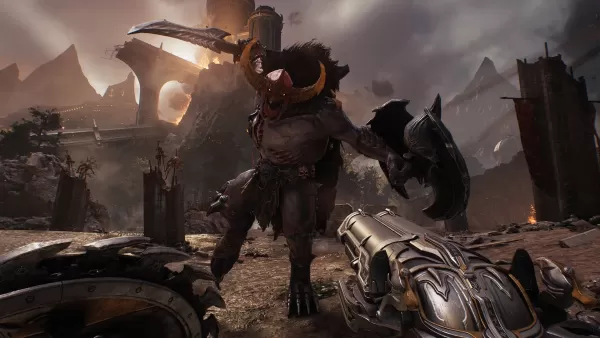 While the Agaddon Hunter may resemble the Marauder the most, every demon in The Dark Ages incorporates elements of Eternal's formidable foe. | Image credit: id Software / Bethesda
While the Agaddon Hunter may resemble the Marauder the most, every demon in The Dark Ages incorporates elements of Eternal's formidable foe. | Image credit: id Software / Bethesda
Doom: The Dark Ages addresses this by integrating various “dances” into its combat system. Each major enemy has unique green projectiles or melee attacks, necessitating different strategies. The Mancubus, for example, fires energy “fences” with green “pillars” that require weaving to parry. The Vagary launches deadly spheres like an abacus, forcing you to sprint and deflect the right rows. The skeletal Revenant closely mirrors the Marauder, being invulnerable until you parry one of its green skulls fired in alternating patterns.
With each demon requiring unique movement and reactions, the introduction of new foes feels seamless. Even though the Agaddon Hunter and Komodo present steep challenges with their melee attacks, you’re already accustomed to adapting your tactics by the time they appear. The Marauder's issue was never its design but rather its unexpected rule-breaking nature. Doom: The Dark Ages prepares players for similar challenges by embedding reaction-based mechanics throughout the entire game, rather than introducing them abruptly.
This shift means the challenge is less intense – the parry window with the shield is more forgiving than the Marauder's split-second vulnerability. Yet, the core concept of locking step with an enemy, waiting for the perfect moment, and striking when the green light appears remains integral to every battle. Doom: The Dark Ages may present these ideas differently, but they're unmistakably present. You stand and you fight.

